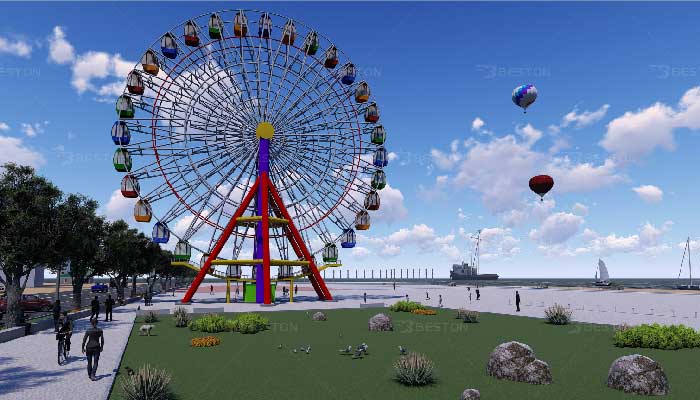Starting a new amusement park is an exciting venture that requires careful planning, strategic decision-making, and a passion for creating unforgettable experiences. This step-by-step guide will walk you through the essential aspects of starting a new amusement park, from initial concept development to opening day.
Research and Feasibility Study
Before diving into the amusement park industry, conduct thorough research and a feasibility study. Identify potential target markets, analyze the local competition, and assess the demand for amusement parks in the area. Consider factors such as population density, tourism potential, and economic indicators. Determine the financial viability of your project by estimating costs, projecting revenue streams, and conducting a comprehensive risk analysis.
Develop a Solid Business Plan
Create a detailed business plan that encompasses all aspects of your amusement park. Define your vision, mission, and core values. Outline your target market, unique selling points, and marketing strategies. Include a comprehensive financial plan, covering initial investment, operational costs, pricing strategy, and revenue projections. Your business plan will serve as a roadmap and a tool to attract investors and secure financing for your amusement park.
Secure Financing
Obtaining adequate financing is crucial for starting an amusement park. Explore various funding options, including personal investment, bank loans, venture capital, and partnerships. Prepare a compelling pitch to present to potential investors or lenders, highlighting the profitability and potential return on investment of your amusement park. Consider creating a detailed financial model to support your funding requests and demonstrate the project’s financial viability.
Location and Infrastructure
Selecting the right location for your amusement park is paramount to its success. Look for a site that offers ample space, good accessibility, and potential for future expansion. Consider proximity to major population centers, transportation networks, and tourism attractions. Once the location is secured, develop the necessary infrastructure, including ride foundations, landscaping, parking areas, utilities, and guest facilities such as restrooms, dining areas, and ticket booths.
Rides and Attractions
Choose an appealing mix of rides and attractions that cater to your target audience. Collaborate with reputable ride manufacturers and suppliers to ensure safety and quality. Consider a balance between thrilling roller coasters (https://bestonamusementparkrides.com/roller-coaster-rides-for-sale/), gentle family rides, water-based attractions, and interactive experiences. Incorporate unique and innovative elements that align with your park’s theme and create a memorable experience for visitors. Test all rides extensively and obtain necessary certifications to guarantee safety.

Marketing and Promotion
Develop a comprehensive marketing strategy to create awareness and attract visitors to your amusement park. Utilize various marketing channels, including social media, online advertising, print media, and partnerships with local tourism organizations. Offer pre-opening discounts and promotions to generate buzz and anticipation. Create a visually appealing website and provide engaging content that highlights your park’s attractions and unique features. Collaborate with influencers and organize special events to boost visibility.
Staffing and Training
Recruit and hire a competent team to operate and manage your amusement park. Define the required positions, including management, ride operators, guest services, maintenance, and safety personnel. Emphasize customer service skills, safety awareness, and a positive attitude during the selection process. Provide comprehensive training programs for all staff members to ensure smooth operations, efficient guest handling, and adherence to safety protocols.
Grand Opening and Ongoing Operations
Plan a grand opening event to create a memorable first impression and generate excitement. Invite local media, influencers, and community leaders to attend. Continuously monitor and improve park operations, ensuring that rides and attractions are well-maintained, guest facilities are clean and functional, and safety measures are regularly reviewed and updated. Collect feedback from visitors and make necessary adjustments to enhance the overall guest experience.
Starting a new amusement park requires careful planning, thorough research, and strategic decision-making. By following this step-by-step guide, you can navigate the challenges and capitalize on the opportunities in the industry. With dedication, creativity, and a commitment to guest satisfaction, your amusement park can become a cherished destination for thrill-seekers and families alike.